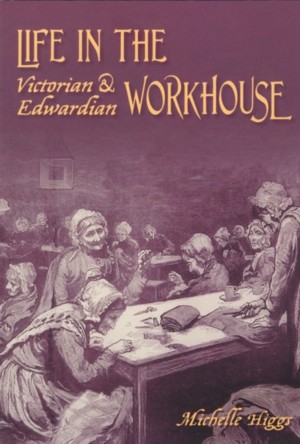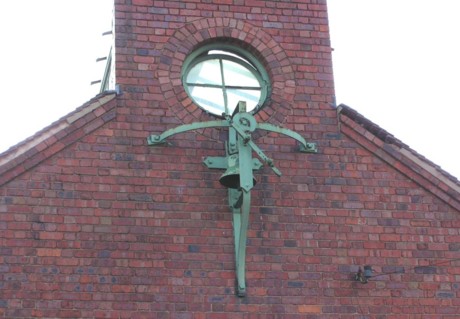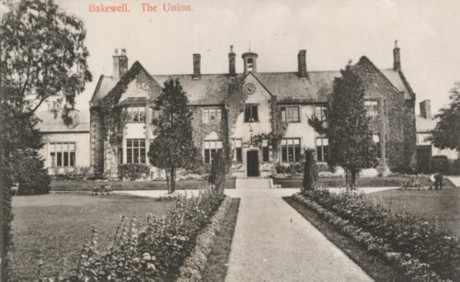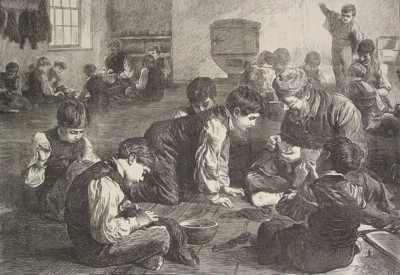life in the victorian & edwardian workhouse (the history press, 2007)
The poor in Victorian times
With the explosion of interest in family history, more and more people are discovering ancestors who were workhouse inmates or who were members of staff in workhouses. This book has been specifically written for these family historians who want to find out what life was really like for their ancestors.
Using workhouse records, contemporary sources and oral testimony, this book presents an accurate picture of what daily life was like for inmates. It also looks at the living conditions and duties of the staff who, in many ways, were prisoners of the workhouse.
Signed copies of Life in the Victorian & Edwardian Workhouse are available direct from me. Visit the shop for more information.
'Daily life...is recounted in this book with both historical detail and sympathy, aided in both aspects by numerous first-person accounts and many specific details from workhouses around the country.'
Your Family Tree
'Michelle Higgs's study is based on testimony, photographs, oral history and workhouse records, and establishes a true picture of what life was like in key workhouses in England and Wales for both inmates and staff.'
Practical Family History
'...a very readable account of the miseries experienced by the inmates, along with the problems faced by those administering the under-funded system.'
Ancestors



